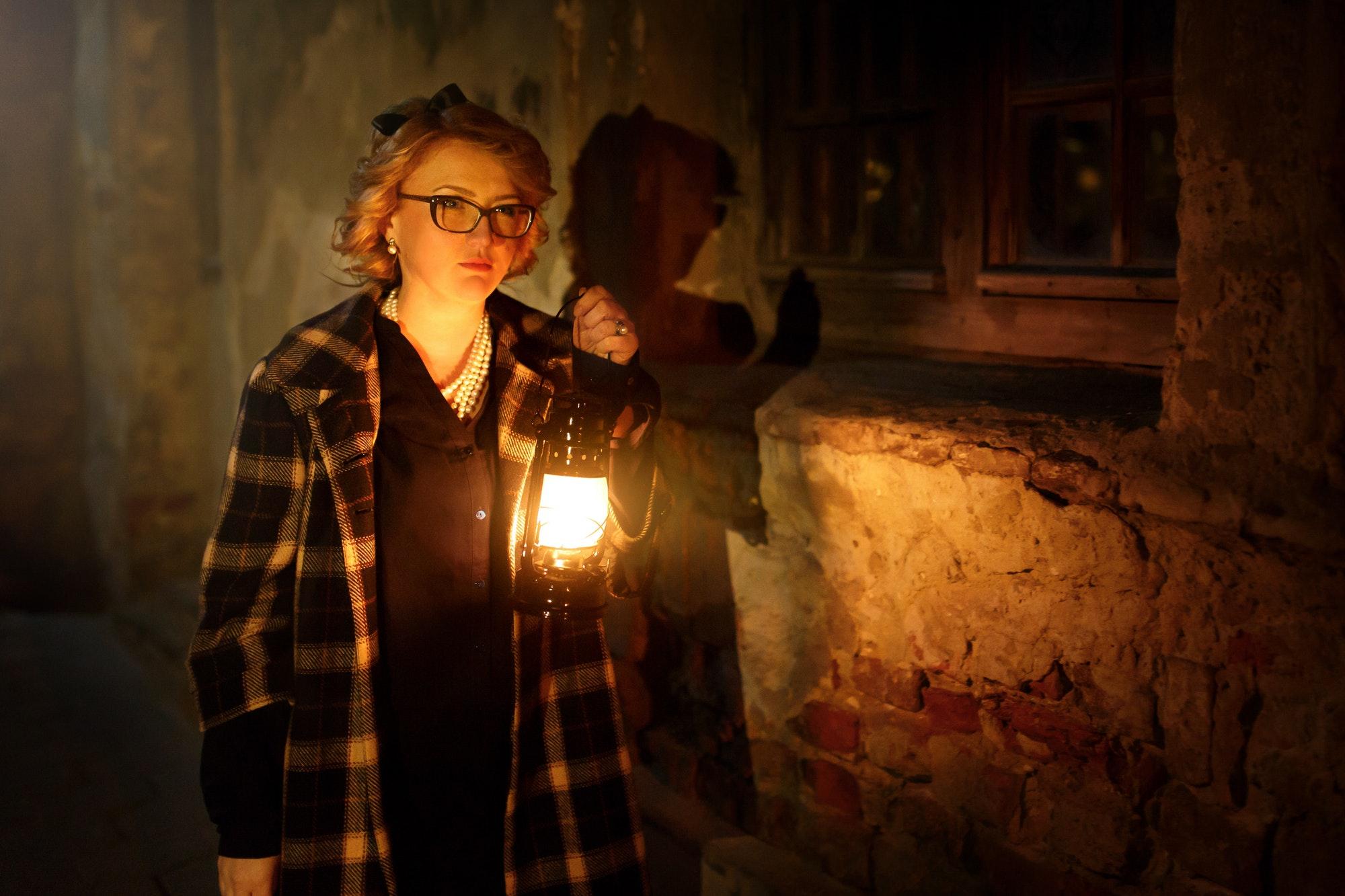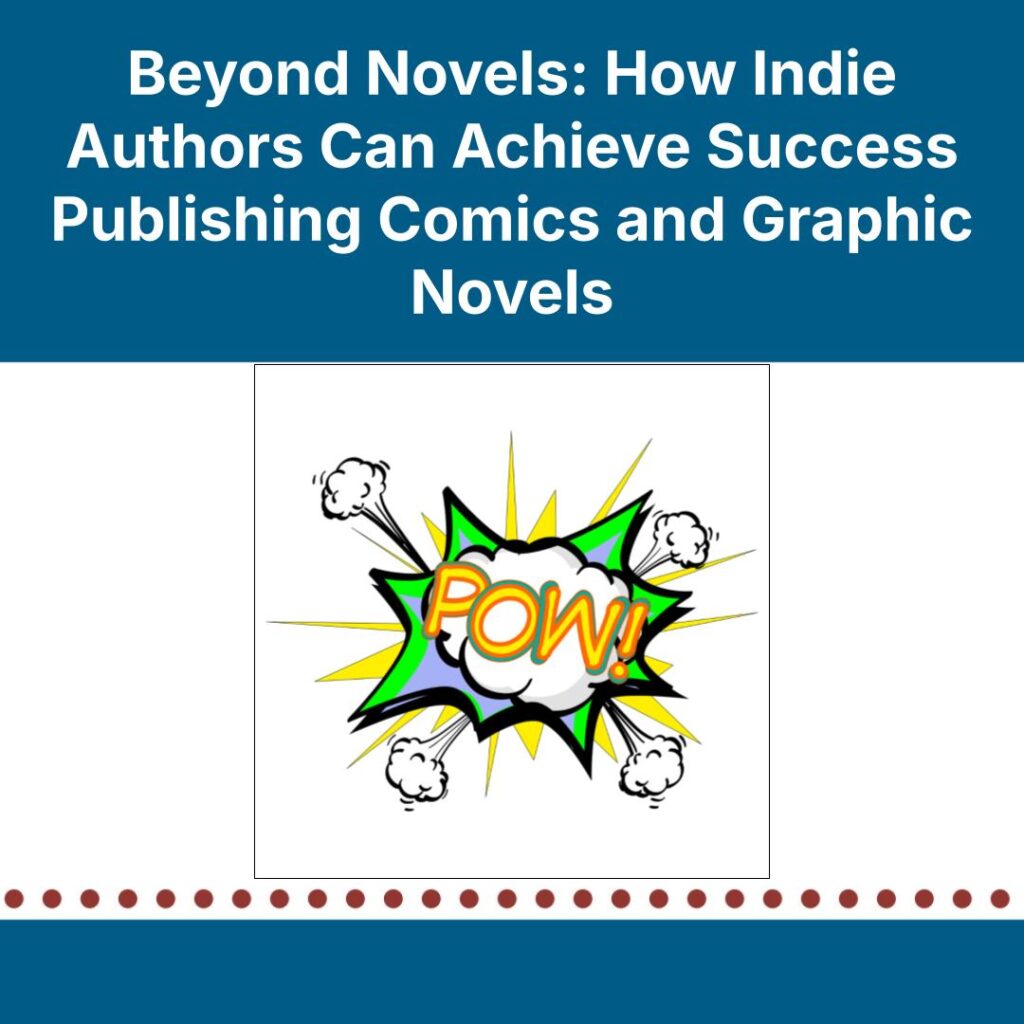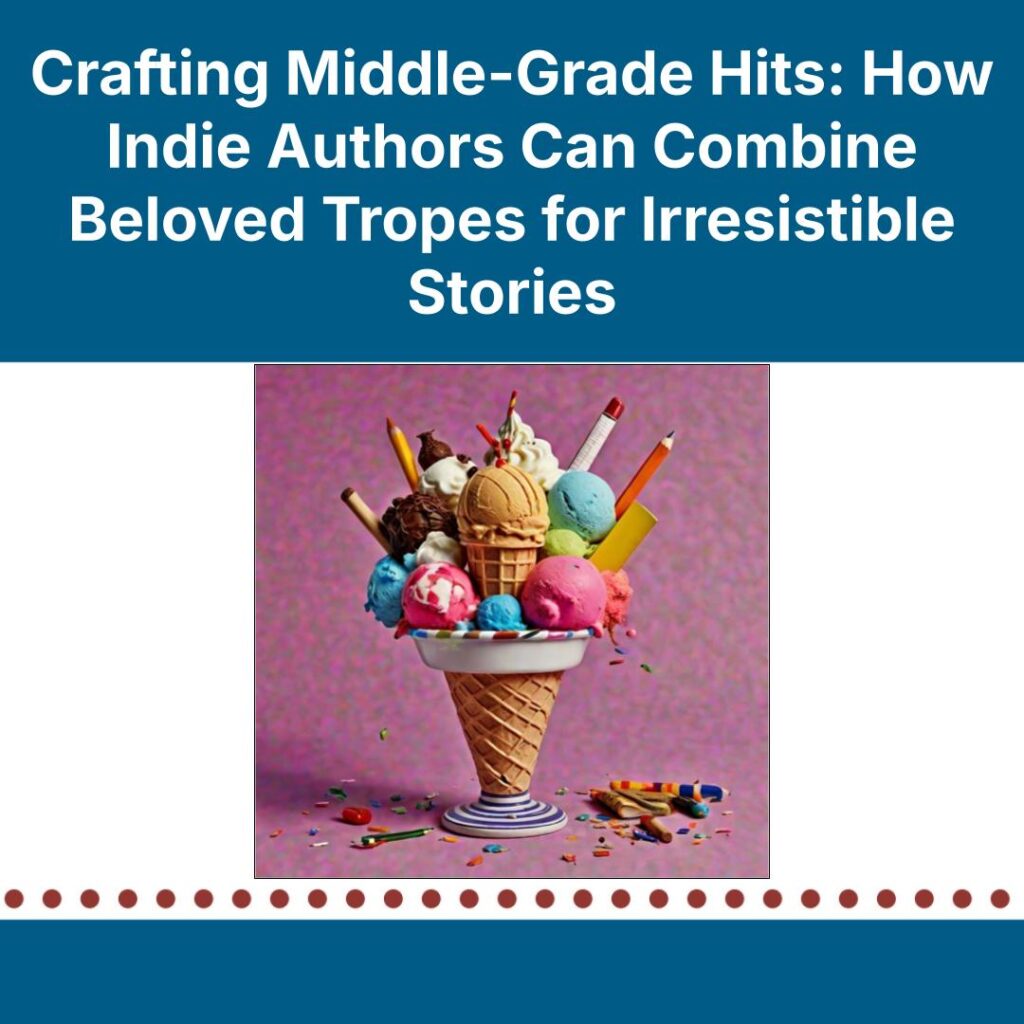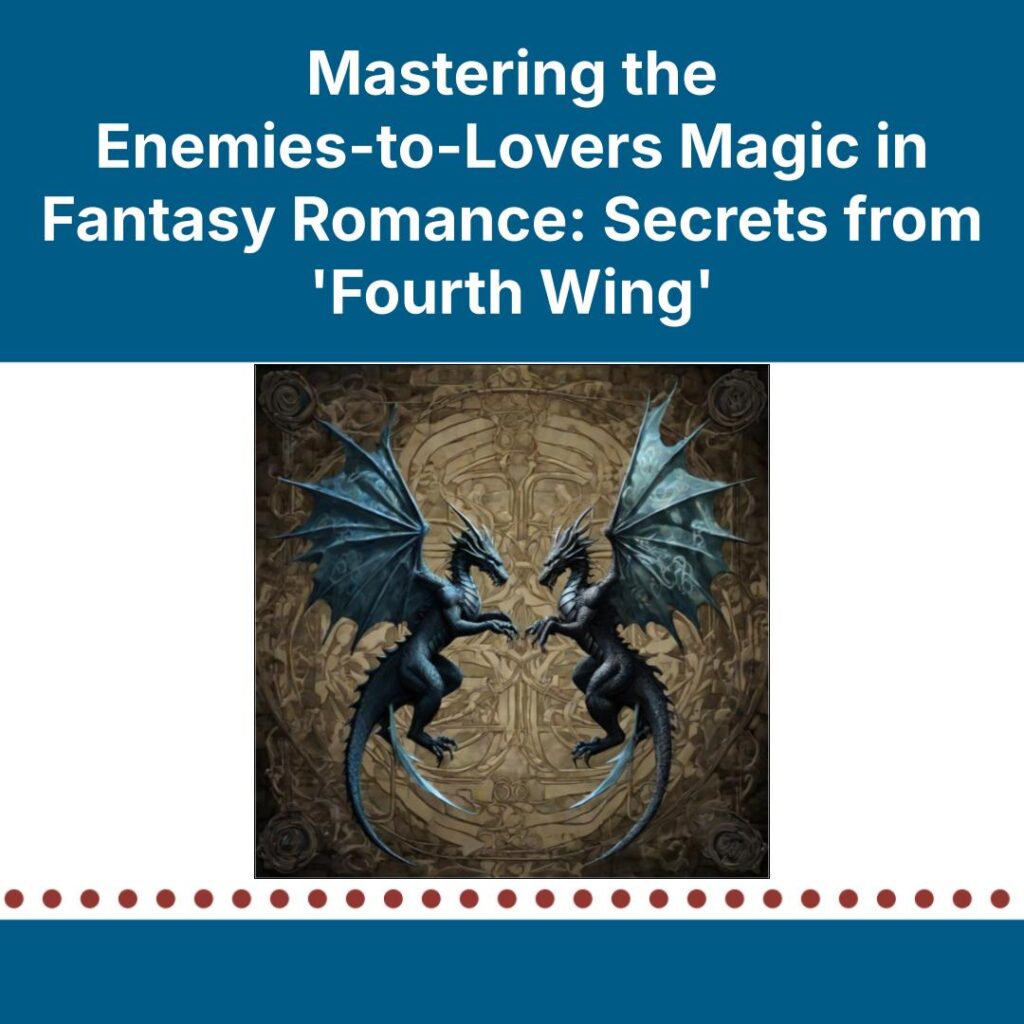Understanding the Cozy Mystery Genre
In her book Writing the Cozy Mystery, Nancy J. Cohen defines a cozy as a “whodunit featuring an amateur sleuth, a distinctive setting and a limited number of suspects ... ” When challenged, many authors will simply respond, think Murder She Wrote or Agatha Christie.
Simply, a crime occurs within a small community of colorful characters, each one with a motive and potential access to the victim. The viewer/reader unravels the clues in real time with the detective/sleuth, dismissing red herrings until the final aha! moment when the perpetrator’s revealed.
While a cozy can be fast-paced, it is not a thriller. It is more of a puzzle, where the reader “pits themselves against the author to figure out whodunit before the murderer is revealed” as Sara Rosett says. Graphic scenes or references to sex, violence, and gore are inappropriate and will upset your readers as much as holding back on vital clues until the final reveal—the worst crime imaginable.
Consider a traditional mystery story like a crossword or jigsaw puzzle. It’s something to curl up with on a Sunday afternoon in front of a log fire or sitting under a parasol on the beach.
Mysteries are cerebral exercises based on unraveling relationships, whispered conversations, and timely observations. For cozies, these usually happen in an escapist setting, i.e., many take place in country manors, coastal towns, or remote villages.
Essential Elements of a Cozy Mystery
Readers expect a further particular subset of tropes and themes from cozies. Nina Harrington lists the following ten elements as essential in a modern, cozy mystery:
- Humor
- Family-friendly content
- An interesting setting or situation
- An interesting story theme
- Animals
- Crafts and hobbies
- Culinary
- Historical settings
- Paranormal and supernatural
- A compelling and different story hook
- Each cozy is a complete murder mystery puzzle
- An amateur sleuth
- A well-motivated murderer who is a match for the sleuth
- Quirky sidekicks, friends, and family
- Authenticity (i.e., you have to feel the writer loves the genre and is enjoying the story as much as the reader)
As most cozies deal with the gruesome act of murder, they may not shy away from the deep psychological motives behind these heinous crimes, but they do not dwell there. Cozies are feel-good adventures where justice reigns and the sleuth always outsmarts the killer. Life returns to normal, and the sun shines once more.
Look at the most popular themes: animals, hobbies, and crafts, etc. Cozy murders take place in an otherwise idyllic world, a place where you would want to spend a vacation or retire. Their loving pet, quirky sidekick, supernatural partner, or paranormal gift often assist the detective in tracking down the clues.
Cozies are an increasingly popular and expanding subgenre of mystery novels, whose roots lie with the traditional mystery books of the Golden Age of crime. Cozies offer a way to escape from the horrors of the world. The Golden Age writers, such as Agatha Christie, were writing in the interwar years when their readers needed to escape and process their hopes and fears in a safe and comforting environment. Perhaps that is why cozies continue to grow in popularity today. They often harken back to a nostalgic world in places populated with friendly neighbors, fun community activities, and beautiful scenery.
Writing Your Own Cozy
If you are thinking of writing a cozy, bear in mind the five Ps:
- Puzzle
- People
- Place
- Plot
- Positivity
The outlook must be bright. Though we may have to suspend our disbelief that the local florist is better at solving crimes than the experienced detective inspector and wrestle with the legality of breaking into a locked cabin belonging to the primary murder suspect in the middle of the night, running throughout this nail-biting adventure is the knowledge that good will triumph, no matter how many hazardous or funny incidents happen along the way.
You can have romance. You can have vampires. You can even have talking pets. But most essential of all, you must have a solid mystery with twists and turns, clues and red herrings, and a happy ending.









